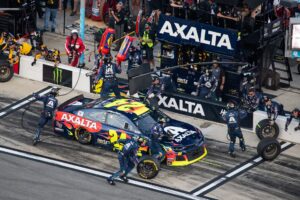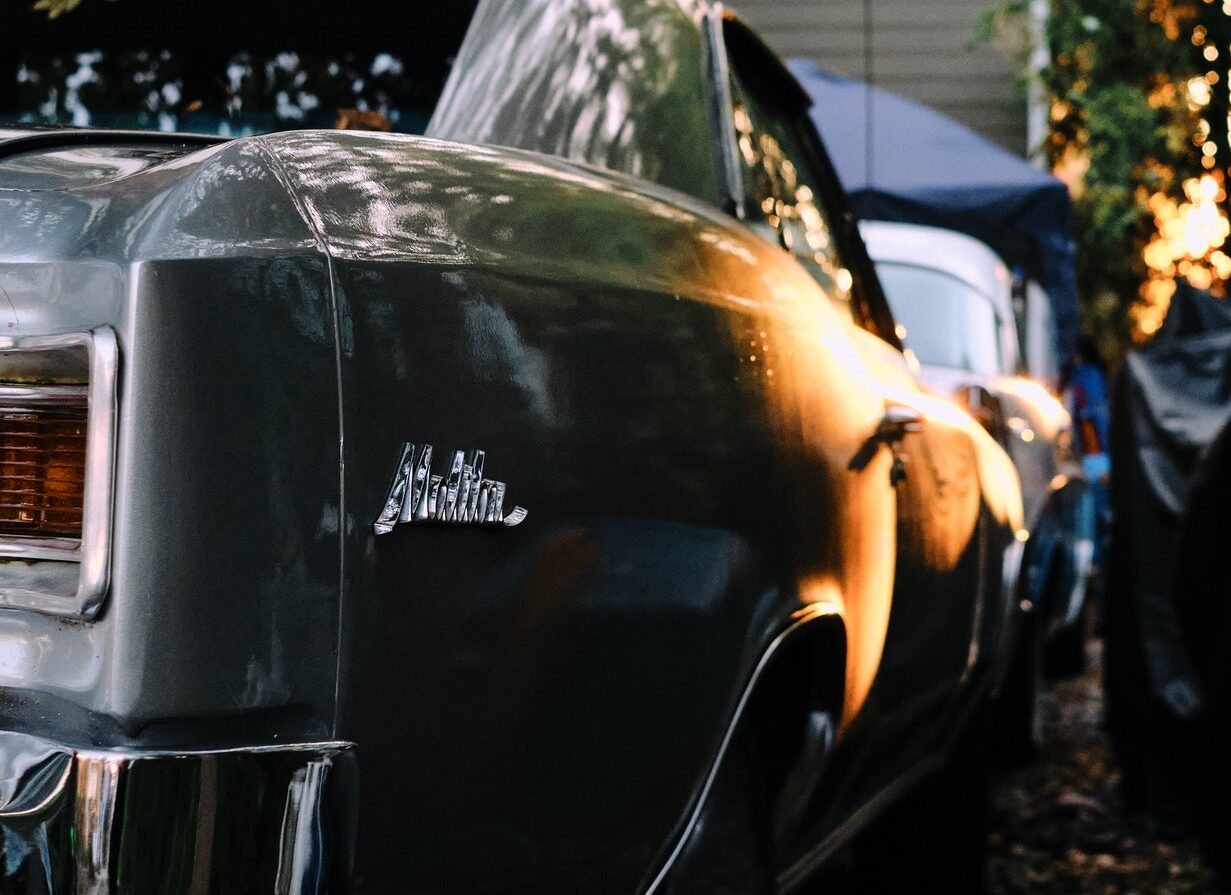Formula 1 is, by far, the biggest and most-watched motorsport series in the world. Yet, you may not think that to be the case if you live in the United States. Here in America, motor racing is dominated by two categories—NASCAR and IndyCar. Of course, there are other competitions, including several directly sanctioned by the FIA, but they don’t garner the same attention as the two dominant competitions.
That’s not for the want of trying by Formula 1. Since the start of the World Championship in 1950, the sport has tried different ways of cracking the American market. For the first three years, the Indy 500 was run to Grand Prix regulations to provide a US Grand Prix and a way for European and American motorsport to come together.
Even after 1953, the Indy 500 remained on the F1 calendar until 1960. In the years since, F1 drivers past and present have regularly made appearances in the famous race, including two-time winner Takuma Sato.
There have been over 70 different Grands Prix held in the United States, with as many as three taking place per year at one point. Yet, few have lasted very long. No country has hosted its F1 race in as many different venues as the USA.
That said, Formula 1 appears to have found a permanent home at the Circuit of the Americas in Austin, Texas with 2022 marking a decade since the first US Grand Prix was held there.
2022 will also be the first year in decades that more than one race will take place in the USA when the F1 circus rolls into Florida for the inaugural Miami Grand Prix. But what does this mean for America’s domestic motorsport competitions? Is there room for F1 in the space already taken up by NASCAR and IndyCar?
Is F1 a Threat?
In most parts of the world, people get into motorsport by discovering Formula 1 and then spend time looking at the other series and championships that are available. In the United States, fans of Formula 1 generally took their first steps into car racing through either NASCAR or IndyCar.
For that reason, F1 hasn’t, at least so far, taken fans away from domestic championships, but rather provided them with another channel to enjoy their high-octane passion. That is beginning to change though, as Formula 1’s new owners, Liberty Media, are beginning to go after new audiences using techniques like inviting influencers and celebrities to attend races and through its Netflix series Drive to Survive.
In fact, the TV show is credited with encouraging more than 400,000 people to attend the 2021 US Grand Prix and for boosting television viewing figures by 40% by focusing on the personalities behind the sport rather than the technologies that make it happen.
While those in charge of NASCAR and IndyCar are unlikely to be fearing the rise of Formula 1 too much, they are likely to be looking at the strategies they can deploy to piggyback off the popularity of F1 and also keep fans interested in their own competitions. For them, it’s like playing a game of poker, when players must make careful decisions about what moves to make after the big blind. They can’t move too aggressively but they also need can’t sit on their hands and do nothing.

They could choose to do nothing, confident in the assumption that NASCAR and IndyCar are firm American favorites. However, it is a well-established fact that NASCAR has endured a decline in popularity in recent years, so it should take the threat of F1 seriously.
In the case of IndyCar, this is a very reasonable approach as the sport is incredibly popular with overseas petrol heads already, it is widely praised for having close racing, and the Indy 500 is one of the most famous and prestigious events in motorsport.
Alternatively, they might choose to piggyback off F1’s growing popularity, especially since American fans will only have two opportunities to see a Grand Prix live, but dozens of chances to watch a NASCAR or IndyCar race in person.
There have been attempts at this in the past, such as McLaren driver Daniel Ricciardo driving Dale Earnhardt’s 1984 Chevrolet Monte Carlo, Lewis Hamilton swapping cars with Tony Stewart at Watkins Glen, and Jeff Gordon getting behind the wheel of a 2003-spec Williams F1 car.
Since F1 is a single-seater series and NASCAR is stock car racing, there are more opportunities for this kind of collaboration without the risk of drawing any negative comparisons between the two. This is less possible with F1 and IndyCar as fans are going to directly compare the speed, acceleration, and quality of racing that each has.
Overall, F1’s rise in the USA could be both positive and negative for the country’s homegrown motorsport competitions. In a nation as big as this, there is definitely room for all three, but the bosses behind each one may need to get a bit more creative to drum up interest from fans.









